Dota 2, released in 2013, is a popular multiplayer game known for its complexity. Many players find its learning curve steep, but mastering its strategies is key to victory. This guide breaks down advanced gameplay concepts, from understanding core mechanics to executing complex team strategies, helping you move beyond the basics and start dominating your matches. The goal is to work with your team of five to destroy the enemy’s “Ancient” structure.
How the Game is Played at a Basic Level
In Dota 2, two teams of five players face off on a large map. Each player controls a unique character called a “hero,” choosing from a roster of over 100 options. The primary objective is simple: destroy the large structure in the enemy’s base, known as the Ancient.
The game is viewed from a top-down, isometric perspective, giving you a strategic overview of the battlefield. Each hero has four unique abilities that you use to damage enemies, support allies, and control the flow of the game.
Think of it as a much more complex version of a game like chess, but played in real time with deep character customization. Your success depends on how well you and your four teammates can work together to outsmart and overpower the opposing team.
Essential Dota 2 Terms You Need to Know
To understand advanced strategies, you must first speak the language of Dota 2. Many tactics revolve around manipulating the non-player characters (NPCs) called “creeps” and “neutrals” that populate the map. Being familiar with these terms is the first step to improving your game.
Here are some of the most important terms mentioned in high-level guides:
- Denying Creeps: This is the act of killing your own allied creeps when they are low on health. Doing this prevents your opponents from getting the full experience and gold they normally would for killing them.
- Stacking Neutrals: This involves luring a camp of neutral monsters away from their spawn point at the correct time (just before the minute mark). This tricks the game into spawning a new set of monsters, creating a “stack” for your team to farm later for a big gold and experience boost.
- Pulling Neutrals: This is the technique of luring neutral monsters into the path of your allied creeps. Your creeps will then fight the neutrals instead of proceeding down the lane, which pulls the lane closer to the safety of your tower.
Other terms like “babysitting” (protecting a weaker hero in the early game) and “trilane” (sending three heroes to one lane) are also fundamental concepts you will encounter.
Advanced in-Game Tactics for an Edge
Once you understand the terminology, you can begin to implement powerful strategies. These tactics are often subtle but can have a massive impact on the outcome of the early game, setting your team up for success.
One advanced technique is “creep blocking” at the very start of the match. Instead of letting your creeps run freely, you can physically stand in their way to slow them down. This makes the two waves of creeps meet closer to your tower, creating a safer position for you to farm gold and experience.
Another strategy involves lane pressure. You can scare enemies away from creeps simply by moving toward them aggressively, even if you don’t attack. This can force them to miss out on valuable resources without you having to risk taking damage. Combining these small actions consistently is what separates good players from great ones.
The Critical Role of Vision and Warding
Information is one of the most powerful resources in Dota 2. Knowing where your enemies are allows your team to make better decisions, avoid ambushes, and set up successful attacks. This is achieved through the use of items called “wards.”
Placing wards in key locations around the map provides vision, revealing enemy movements. An experienced player knows the best spots to place these wards to monitor important areas, such as the river, enemy jungle, and around objectives like Roshan.
The two main types of wards serve different purposes.
| Ward Type | Main Function |
|---|---|
| Observer Ward | Provides vision in a large area for several minutes. Is invisible to the enemy unless they have detection. |
| Sentry Ward | Provides “True Sight” in a smaller area, revealing invisible enemy units and Observer Wards. |
Consistently buying and placing wards is a team effort and a crucial part of any winning strategy. It is not just the job of one player.
Scouting Your Opponents and Their Items
Beyond map vision, you should also constantly be checking the items your opponents are buying. You can do this by clicking on an enemy hero whenever you see them. This information tells you what their strategy is and how you can counter it.
For example, the context mentions seeing a Talisman of Evasion on an enemy. A skilled player knows this item is a component for a larger item called the Butterfly, which grants high evasion. Knowing this early allows your team to prepare by purchasing items that grant True Strike, which makes your attacks unable to miss.
This habit of “scouting” items applies to all stages of the game. It helps you anticipate your enemy’s power spikes and weaknesses, allowing you to choose the right time to fight or retreat.
Teamwork is the Most Advanced Strategy of All
You can master every individual skill in Dota 2, but you will not win consistently without effective teamwork. The game is designed around coordination. Trying to do things on your own is a common mistake that often leads to unnecessary deaths and, ultimately, a loss.
Advanced gameplay is all about communication and timing. Before a fight, your team should know who is initiating, which enemy hero is the primary target, and how to combine your abilities for maximum effect. Talking with your team, either through voice or text chat, is essential.
Never over-commit to a fight if you are not on the same page as your allies. A well-coordinated team of five players will almost always defeat five highly skilled but uncoordinated individuals. This principle is the true key to advancing your gameplay in Dota 2.
Frequently Asked Questions about Dota 2
What is the main objective in a Dota 2 match?
The ultimate goal is to destroy the enemy team’s main building, called the “Ancient,” which is located deep inside their base. All other objectives, like killing heroes and towers, are steps toward achieving this final goal.
Can I change my hero during a Dota 2 game?
No, once you select a hero at the beginning of the match, you are locked in with that choice for the entire game. This makes the initial hero selection phase a very strategic part of the match.
Why is teamwork so important in Dota 2?
Teamwork is crucial because hero abilities are designed to complement each other. A single player can rarely defeat the entire enemy team alone. Coordinated attacks, shared resources, and communication are necessary to secure objectives and win fights.
What are some basic advanced strategies for beginners to learn?
Good starting points include learning how to “deny” your own creeps to limit enemy experience, placing “Observer Wards” in high-traffic areas for vision, and always carrying a Town Portal Scroll for mobility.
Where can I find the latest strategies for Dota 2?
Players often discuss the latest strategies on forums like Reddit (r/DotA2), social media sites, and private community groups. Watching professional matches and streams from top players is also an excellent way to learn new techniques.

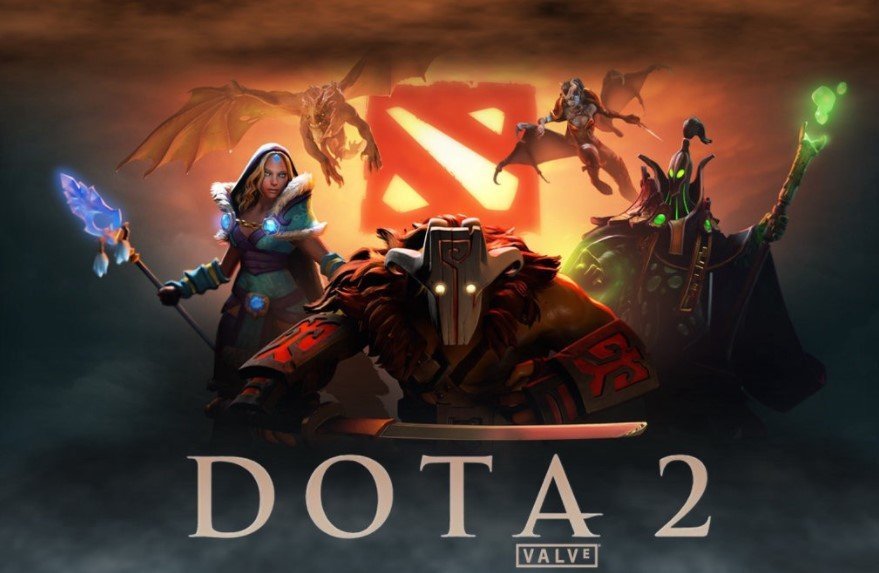
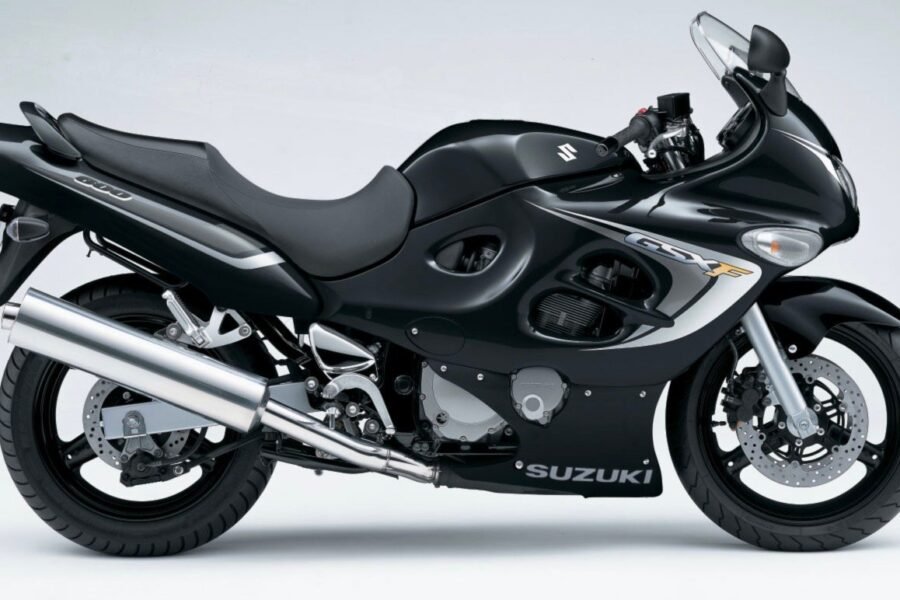

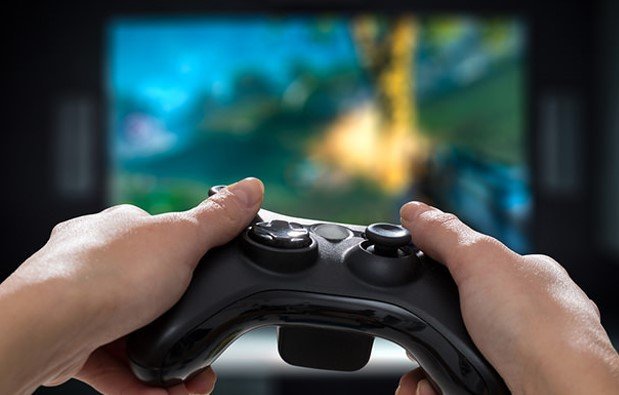
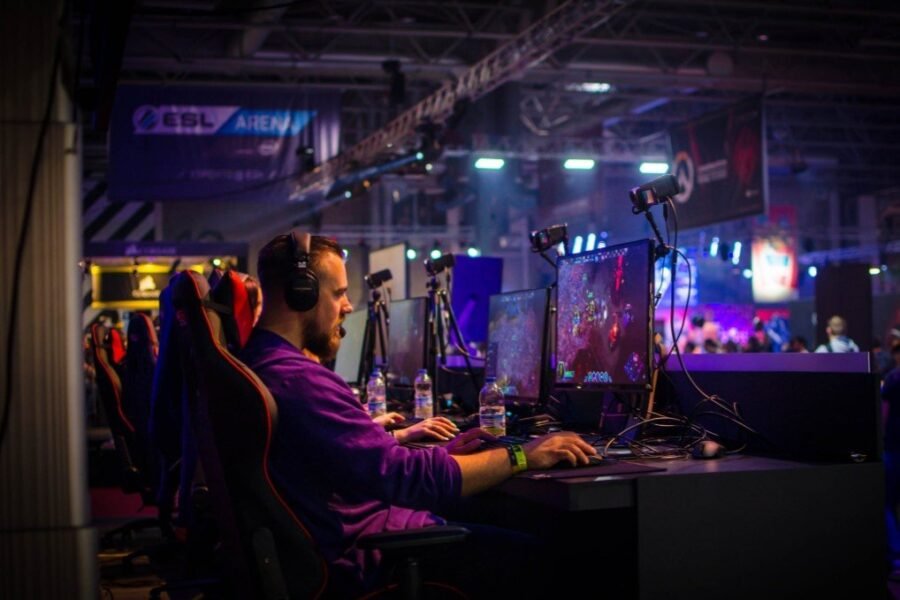
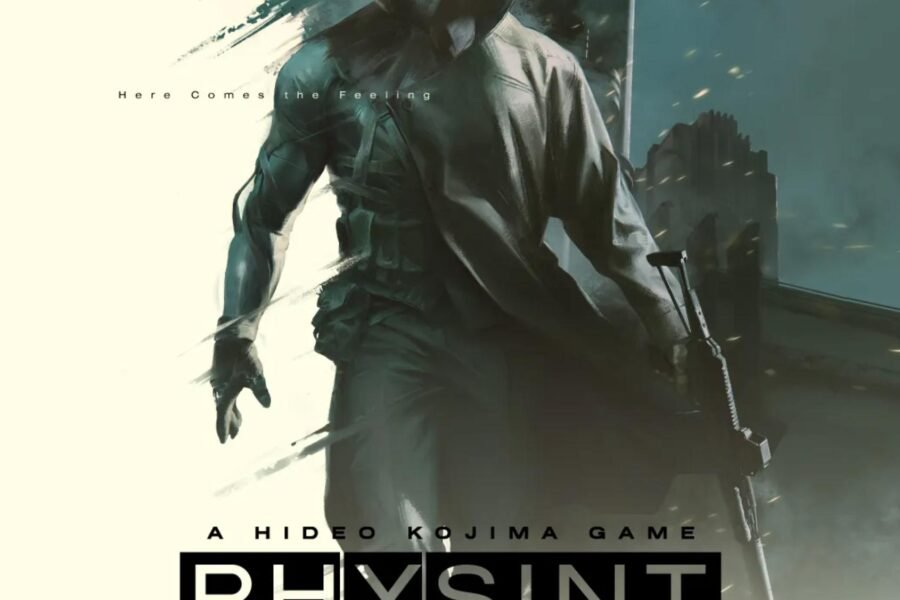

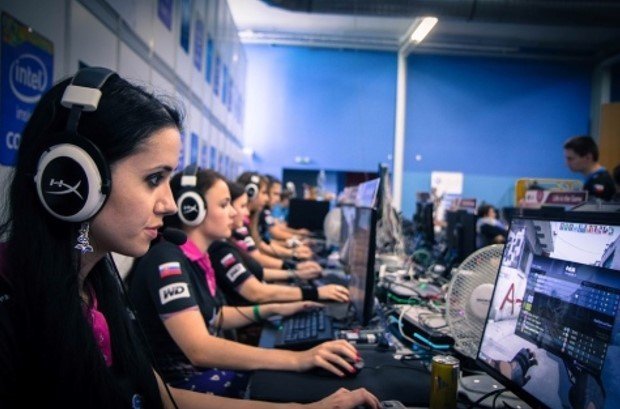
Leave a Comment